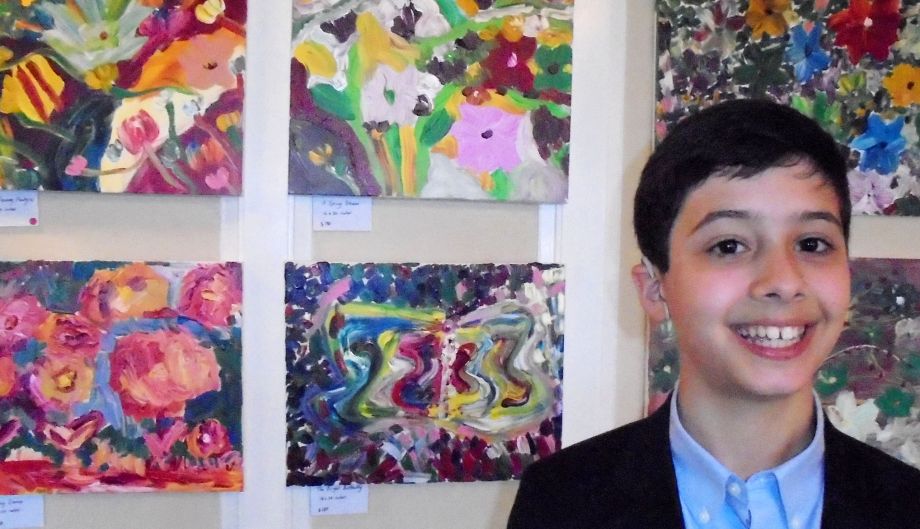By Peter Barr-Gillespie, Ph.D.
It’s remarkable to me that the Hearing Restoration Project (HRP) is five years old! While the past five years revealed that regeneration of sensory hair cells is more complex than anticipated, our scientists have nonetheless made significant progress. Several notable HRP research projects supported by Hearing Health Foundation (HHF) were published in 2016, and more are on the way.
Financial investment in the HRP is crucial for our success. Through the HRP, HHF supports promising innovative research areas that due to the lack of available funds are not adequately financed by other agencies. We continue to acquire large-scale genomics datasets, and the more we generate the more valuable they all are—comparing the results from different types of experiments is a key approach of the HRP.
In 2017 we will see a change in the way the HRP conducts its research. At our HRP meeting this past November, the consortium updated its research methods for the upcoming year, choosing to focus and devote more resources on two promising, major experimental strategies. This is a shift from the approach over the past five years, when the HRP followed various independent paths to understanding hair cell regeneration.
The first project will use “single-cell sequencing” experiments, which will reveal the molecular processes of hair cell regeneration in chicks and fish with unprecedented resolution. Single-cell methods allow us to examine thousands of genes in hundreds of individually isolated supporting cells, some of which are responding to hair cell damage.
With these voluminous datasets, we will then describe the succession of molecular changes needed to regenerate hair cells. Results from these experiments will be compared with similar experiments examining hair cell damage in mice, which like all mammals, including humans, do not regenerate hair cells.
The second project will examine whether epigenetic DNA modification (the inactivation of genes by chemical changes to the DNA) is why mice supporting cells are unable to transform into hair cells after damage to the ear. Our existing data suggests this is the case, and so a strategy for hearing restoration may involve the reversal of these epigenetic modifications.
The first project will allow us to identify the genes involved, and the second project will help us understand how to effectively manipulate those genes despite their DNA modifications—and to biologically restore hearing.
The consortium approach funded by HHF provides a unique opportunity; the collaboration of 15 outstanding hearing investigators will lead to results far more quickly than traditional projects that rely on a single investigator. All HRP investigators plan projects and interpret data arising from them, allowing us to collectively utilize our 200-plus years of experience we have studying the ear.
HHF has been able to increase HRP funding for 2017 compared with 2016—for this I am grateful. However, there are several research needs unmet. Increased funding levels would speed our deeper understanding of hair cell regeneration, which will ultimately lead us to find therapies to treat human hearing loss and tinnitus.
Most of all, we are looking to add additional scientists to HRP labs to increase productivity and significantly accelerate research progress. There is also an urgent need for more “bioinformatics” scientists to thoroughly examine our data and identify common threads buried deep within our results. In addition, the HRP has research projects that have been placed on hold until funding is found for them.
We are excited about the coming year’s planned research, and eagerly await the results. On behalf of myself and the other scientists who make up the HRP, I thank you for your investment and interest in our work. I look forward to giving you further updates.
HRP scientific director Peter Barr-Gillespie, Ph.D., is the associate vice president for Basic Research and a professor of otolaryngology at the Oregon Hearing Research Center, and a senior scientist at the Vollum Institute, all at Oregon Health & Science University.
We need your help in funding the exciting work of hearing and balance scientists.
To donate today to support HHF's groundbreaking research,
please visit hhf.org/donate.

















